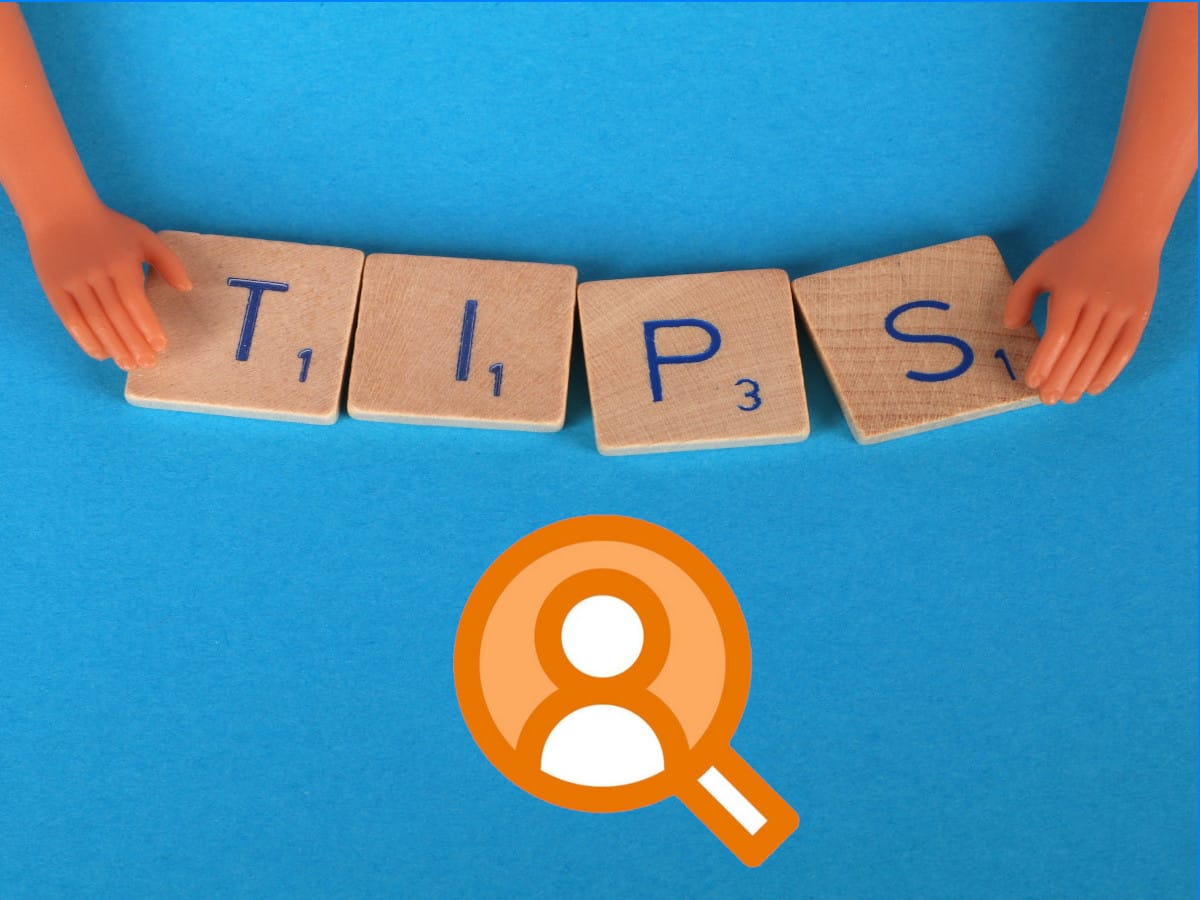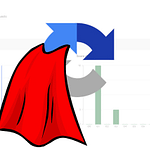How to use MD5 in SQL and AMPScript
Message Digest 5 (MD5) is a hash function used for data integrity, but it is not suitable for security-critical applications. It has found use for various applications, one of which is to create an encrypted contact subscriber key. MD5 takes any string and produces a fixed-size (128-bit) hash value, that cannot be easily decrypted.
To generate MD5 hash with MSSQL we can use following SQL select clause
CONVERT(VARCHAR(32), HashBytes('MD5', LTRIM(RTRIM(Lower([EmailAddress])))), 2) as SubscriberKeyHashBytes('MD5', LTRIM(RTRIM(Lower([EmailAddress])))):Lower([EmailAddress]): This function converts the value in the [EmailAddress] field to lowercase. It ensures that the hash calculation is case-insensitive.LTRIM(RTRIM()): These functions are used to remove leading and trailing spaces from the lowercase email address. Trimming is commonly done to ensure consistent results when hashing.HashBytes('MD5', ...): This function calculates the MD5 hash of the processed email address, producing a binary output.
CONVERT(VARCHAR(32), ..., 2) as SubscriberKey:CONVERT(VARCHAR(32), ..., 2): This part converts the binary MD5 hash result into a hexadecimal string representation of length 32 characters.as SubscriberKey: This gives the resulting hexadecimal string the alias “SubscriberKey” for use in the query’s output.
In MSSQL Server,
NVARCHARandNCHARdata types store Unicode characters, and by default, they use UTF-16 encoding. So, when you convert binary data (like an MD5 hash) to aVARCHARin SQL Server without specifying a character encoding, it typically uses the database’s default encoding, which is UTF-16 for Unicode data types.
If you intend to hash strings in SSJS or AMPScript to match the results obtained from SQL Server (which uses UTF-16 encoding by default), you should ensure that your string encoding matches. This means that you should normalize and encode your strings in UTF-16 before hashing to achieve consistent results.
Thus in AMPScript and SSJS we will have to use UTF-16 character set for MD5 hashing.
%%[ /* MD5(1,2) 1 - string to hash 3 - character set. Default is UTF-8 */ SET @emailAddress = "exmample@martechnotes.com" SET @MD5EmailAddress = MD5(@emailAddress, "UTF-16") ]%%
<script runat=server>
/*
MD5(1,2)
1 - string to hash
3 - character set. Default is UTF-8
*/
var email = Platform.Variable.GetValue("@emailAddress");
Platform.Function.MD5(email, 'UTF-16');
</script>











